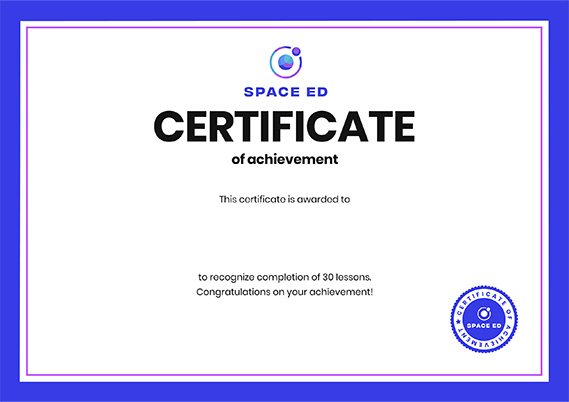Turbulence: one of the great unsolved mysteries of physics - Tomás Chor
1,376,808 Views
0 Questions Answered
Let’s Begin…
You’re on an airplane when you feel a sudden jolt. Outside your window nothing seems to be happening, yet the plane continues to rattle you and your fellow passengers as it passes through turbulent air in the atmosphere. What exactly is turbulence, and why does it happen? Tomás Chor dives into one of the prevailing mysteries of physics: the complex phenomenon of turbulence.
Additional Resources for you to Explore
The whole Earth rotates, and that affects every fluid that rotates with it to a certain degree. Although the effect is too small to make a difference in small flows (like your toilet or a cup of coffee), it has a large effect on flows at larger scales, such as weather systems. This effect is generally called the Coriolis effect, and you can see how it affects major weather systems in this video. Effects of rotation can be estimated using the Rossby number.
Stratification, on the hand, has to do with how the density (or weight) of the fluid is distributed. If there is heavier fluid sitting on top of lighter fluid, then we say that the stratification is unstable and turbulence tends to form. If, on the other hand, lighter fluid is sitting on top of a heavy one, it will be difficult for turbulence to form even through the action of an exterior force. In geophysical flows, the Froude and Richardson numbers are two relevant parameters used to infer stratification effects. Stratification effects can lead to an interesting phenomenon called Kelvin-Helmholtz instability.
If you are interested in a more rigorous (and therefore somewhat mathy) discussion on turbulence, a good place to start is this Scholarpedia page.
Special thanks to Ken Zhao of UCLA.
About Space Ed
Space Ed helps you untangle the mysteries of space with the universe’s best videos on everything from Einstein's theory of relativity to what it would take to live on Mars. Brush up on the science, philosophy and mystery of space, because the fabric of the universe is the same fabric that connects us all.
Meet The Creators
- Director of Production Gerta Xhelo
- Director Biljana Labović
- Editorial Producer Alex Rosenthal
- Narrator Addison Anderson
- Sound Designer Weston Fonger
- Script Editor Emma Bryce
- Associate Producer Bethany Cutmore-Scott
- Fact-checker Brian Gutierrez
- Educator Tomas Chor
- Designer Hippolyte Cupillard




